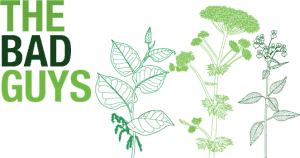Weeds can be a good soil indicator
In this article I will provide some information about how to determine type of soil in your gardens.
It’s based on weeds observation. Some weeds as well as more desired plants like certain conditions. By observing carefully what weeds grow in your garden you can then assess what “good plants” would thrive in this spot.
Observing the most prevalent weeds can indicate if soil is:
- acidic
- alkaline
- healthy and balanced
- depleted of certain nutrients
- poor draining soils
- sandy soils – poorly retaining moisture
Some points you have to take into consideration:
- You have to observe several the most prevailing weeds
- Pay attention to healthy weeds. You might find a certain weeds growing in many places, but in some of them the same weed will be healthy and in some others not so much ..
Plants like hydrangeas or cornflowers (Centaurea cyanus)are excellent soil indicators.
Some grow very well in most soils like: purple nettle ( lamium purpureum ) and Shepherd’s purse ( Capsella bursa pastoris )
Today I would like to concentrate on weeds that prevail in acidic soils. Weeds that may indicate an acidic type of soil are:
-
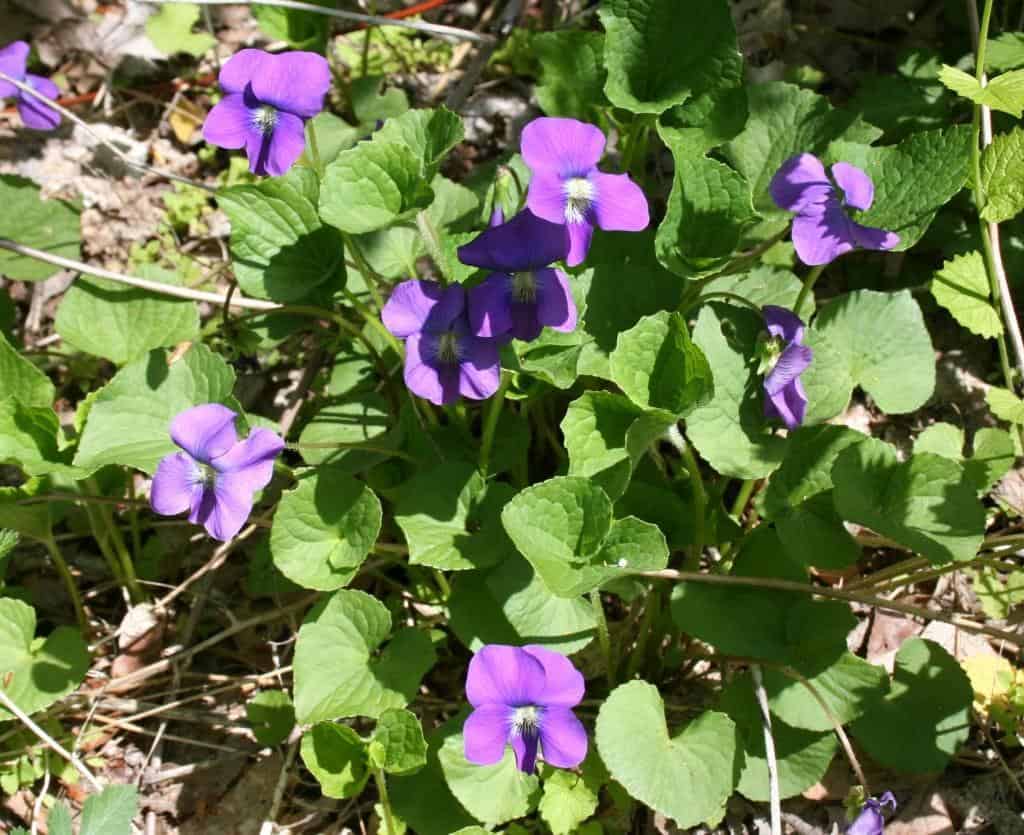
Viola sp.
-
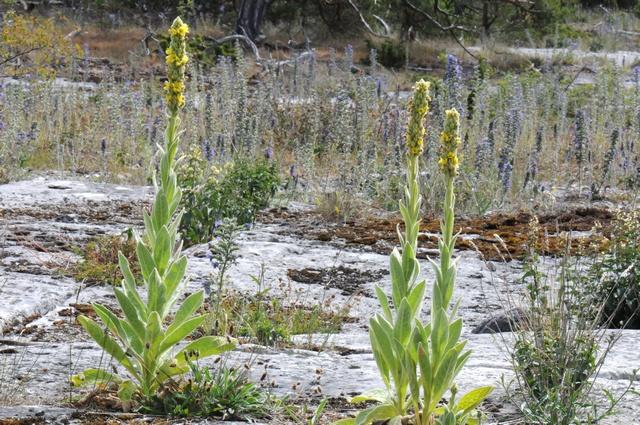
Verbascum thapsis
-
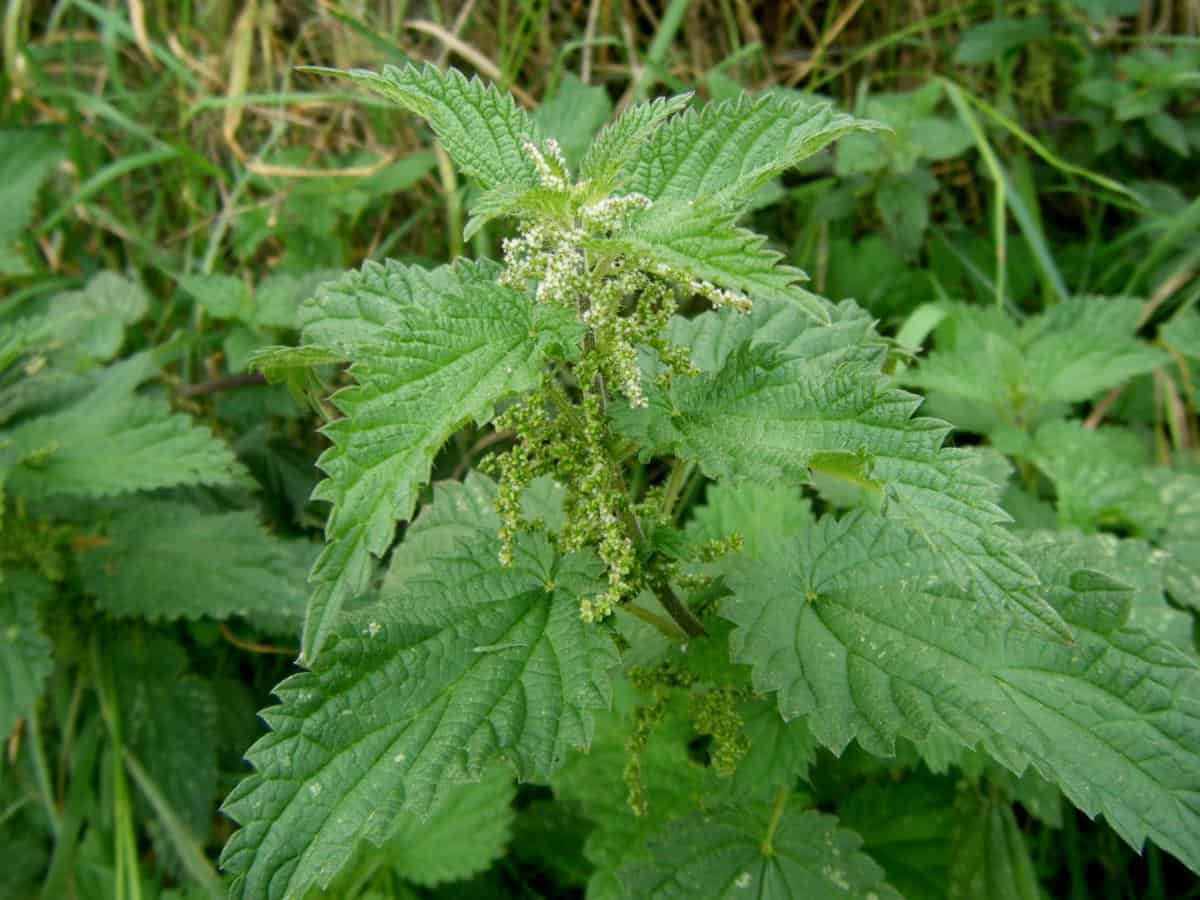
Urtica dioica
-
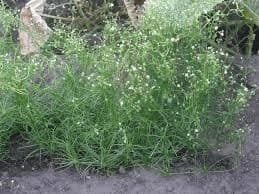
Spergula arvensis
-
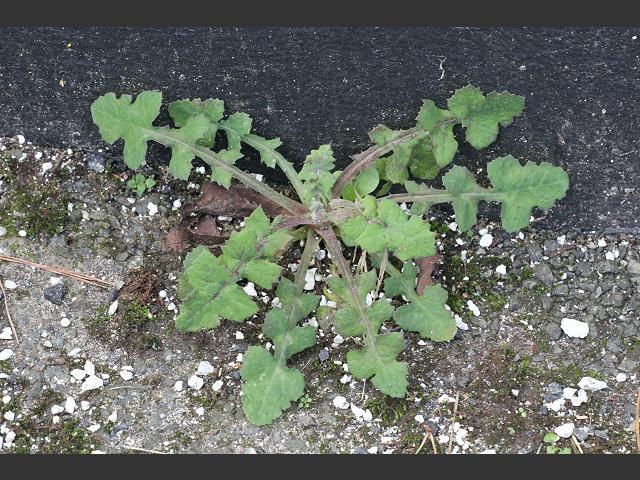
Sonchus species
-
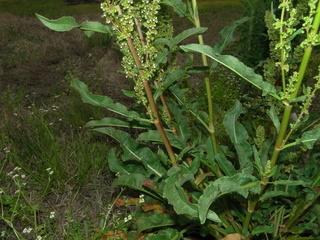
Rumex crispus
-
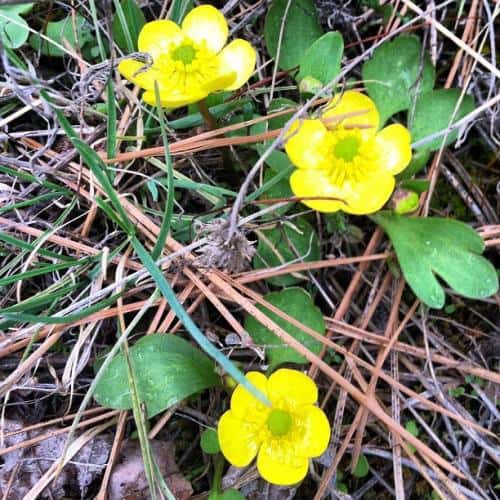
Ranunculus spp.
-
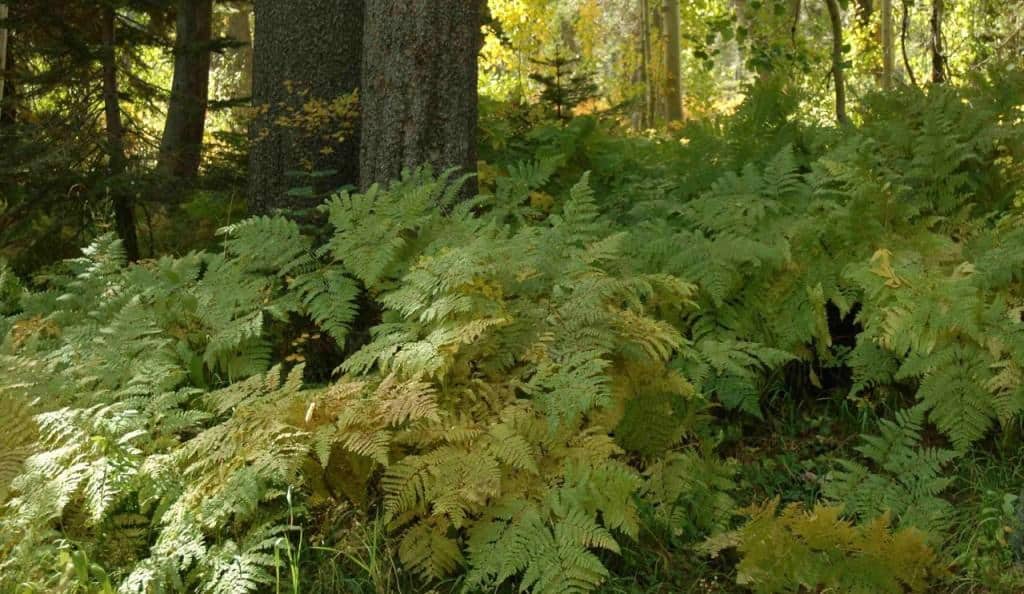
Pteridium aquifolium
-
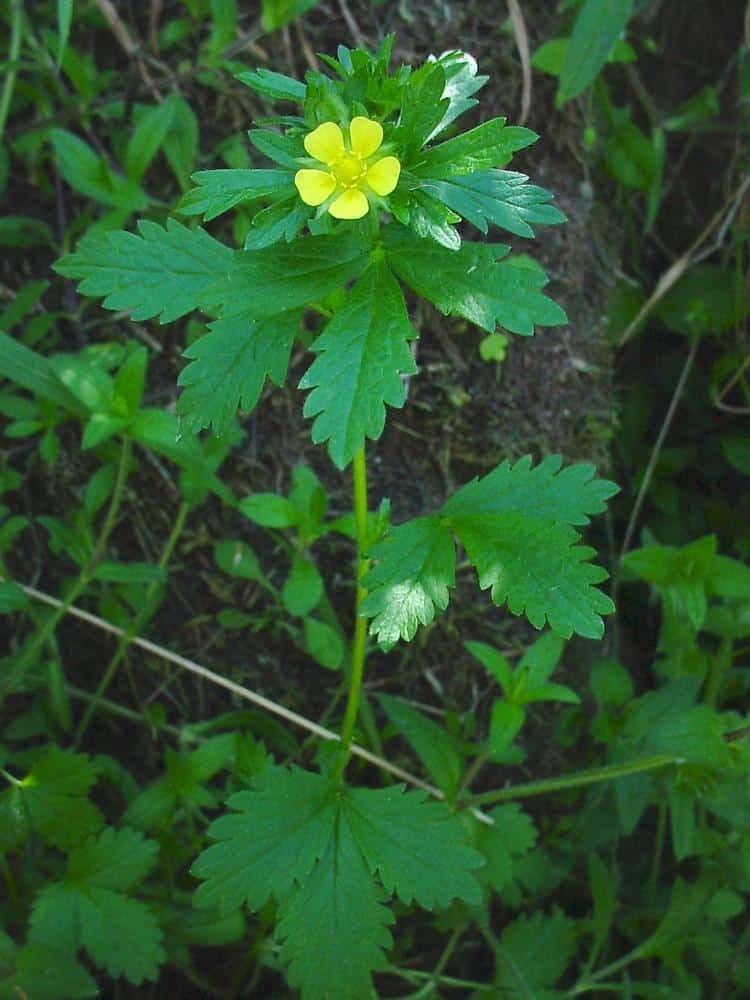
Potentilla monspeliensis
-
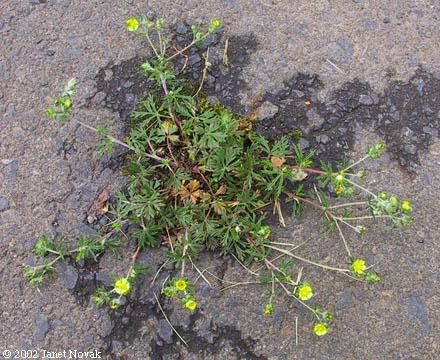
Potentilla argentea
-

Polygonum persicaria
-
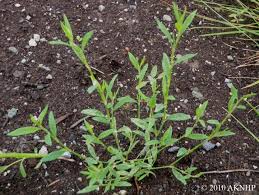
Poly aviculare
-
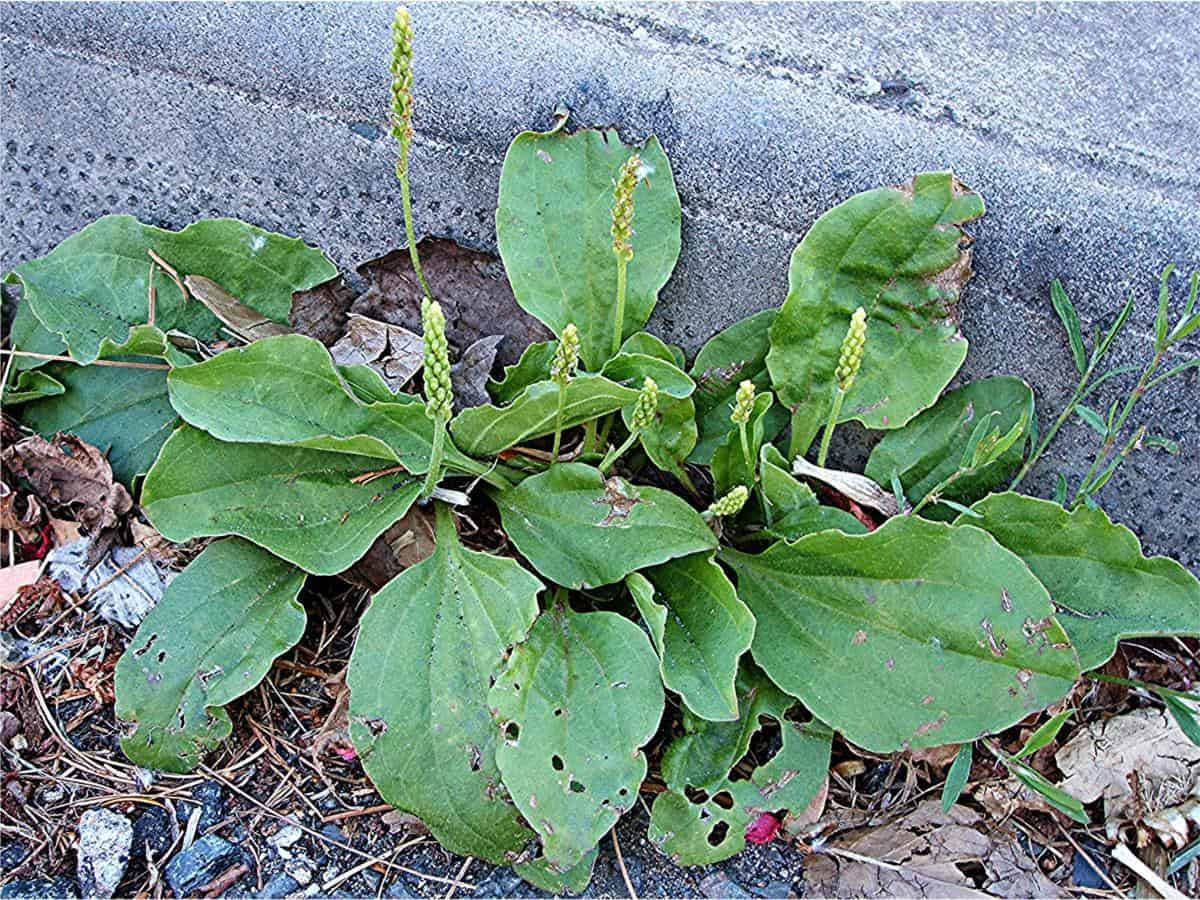
Plantago major
-
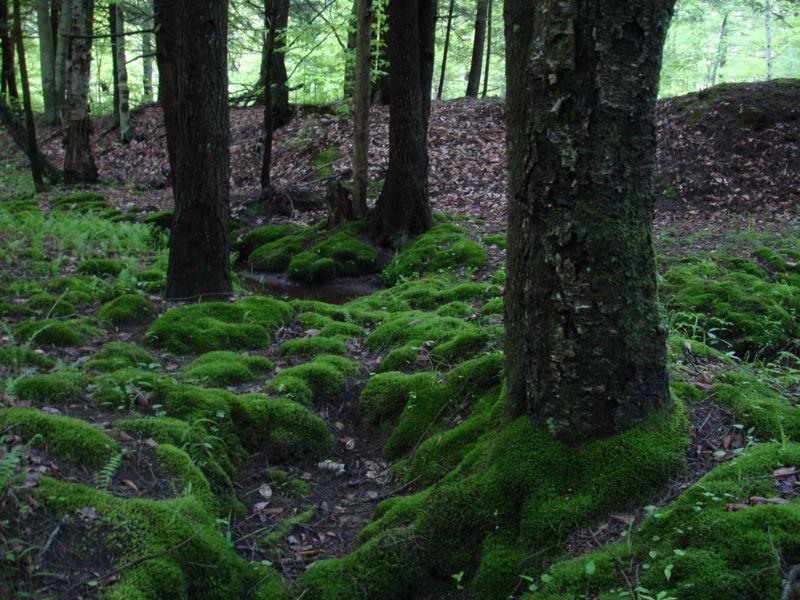
Musci class
-
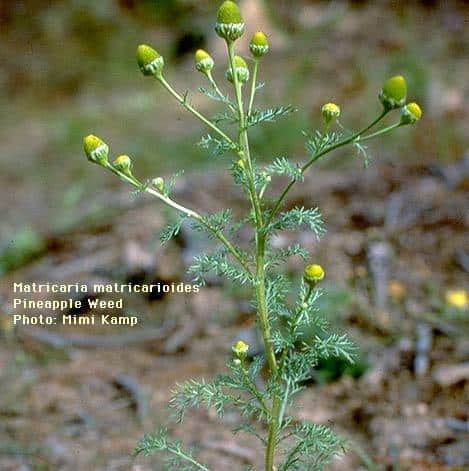
Matricria matricariodes
-
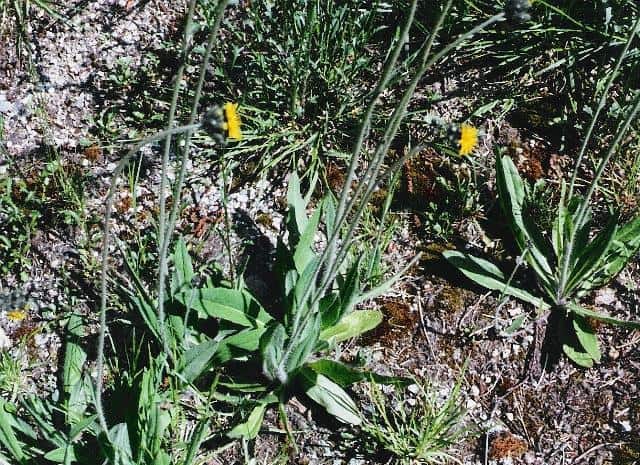
hieracium pratense
-
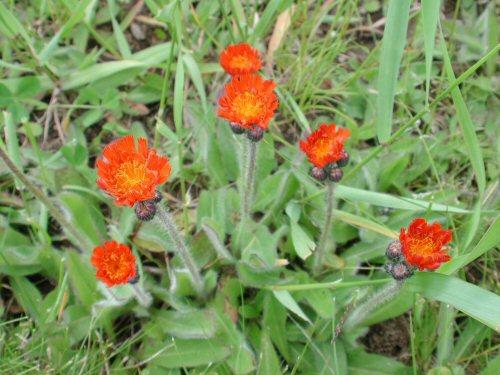
Hieracium aurantiacum
-
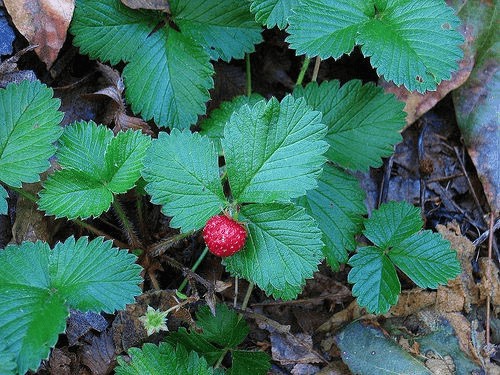
Fragaria species
-
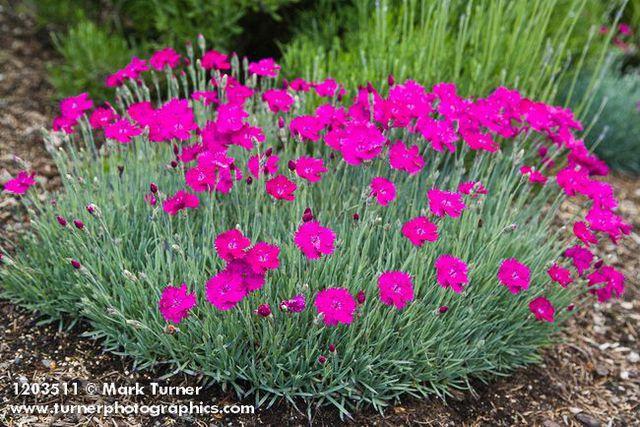
Dianthus sp.
-

Chrysanthemum leucanthemum
-
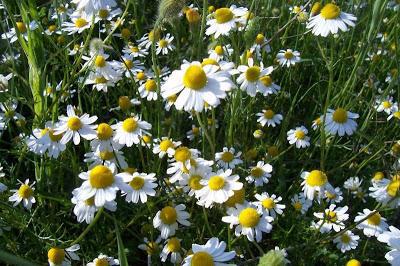
Chamomilla recutita
-
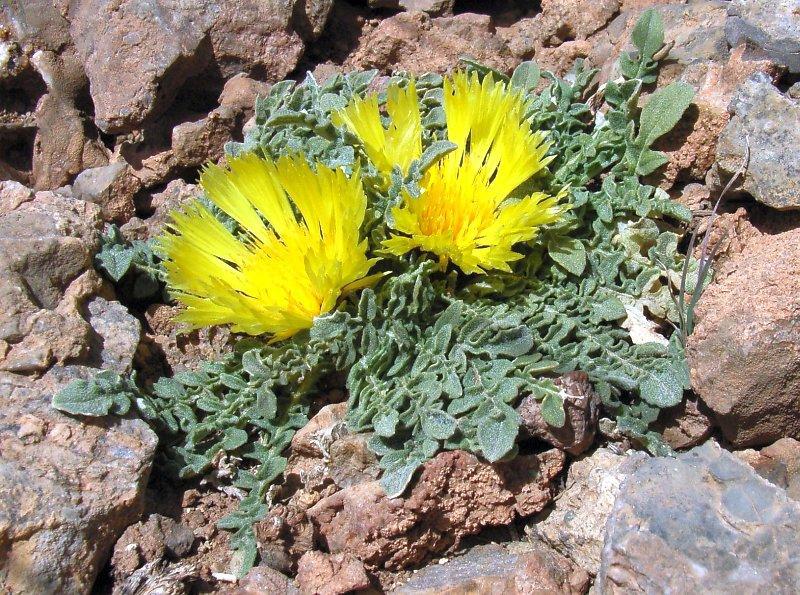
Centaurea species
-
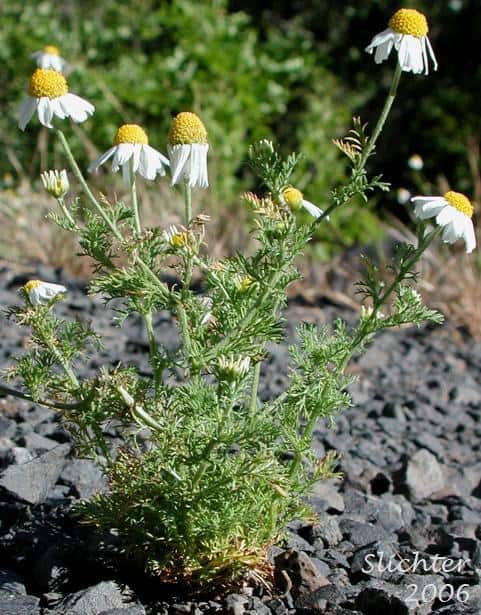
Arthemis cotula
-
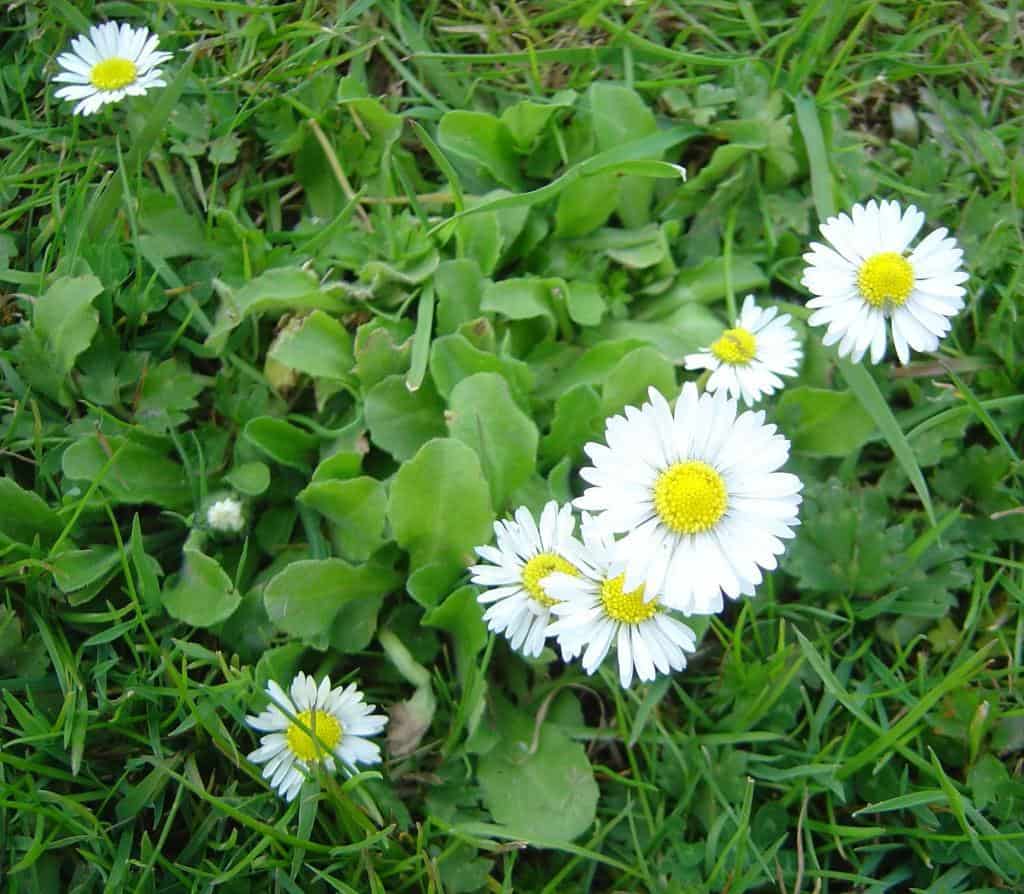
Bellis perennis
-
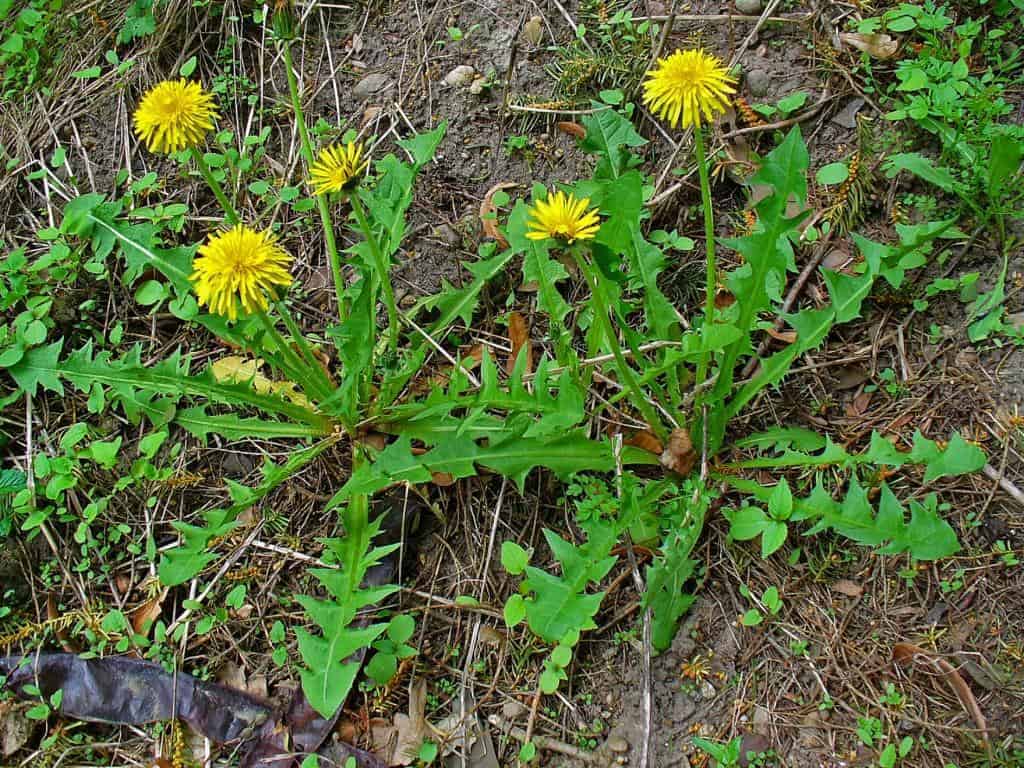
Taraxacum officinale
Plants that grow well in an acidic soil are amongst others: azaleas, hydrangeas, rhododendrons, camellias
And fruit and vegetables like: rhubarb, potatoes, shallots, sweet potatoes, endive and watermelons, blueberries
Next I would like to list some weeds that prevail in alkaline soils, that is soils which PH is higher than 7.0. Weeds that may indicate an alkaline type of soil are:
-
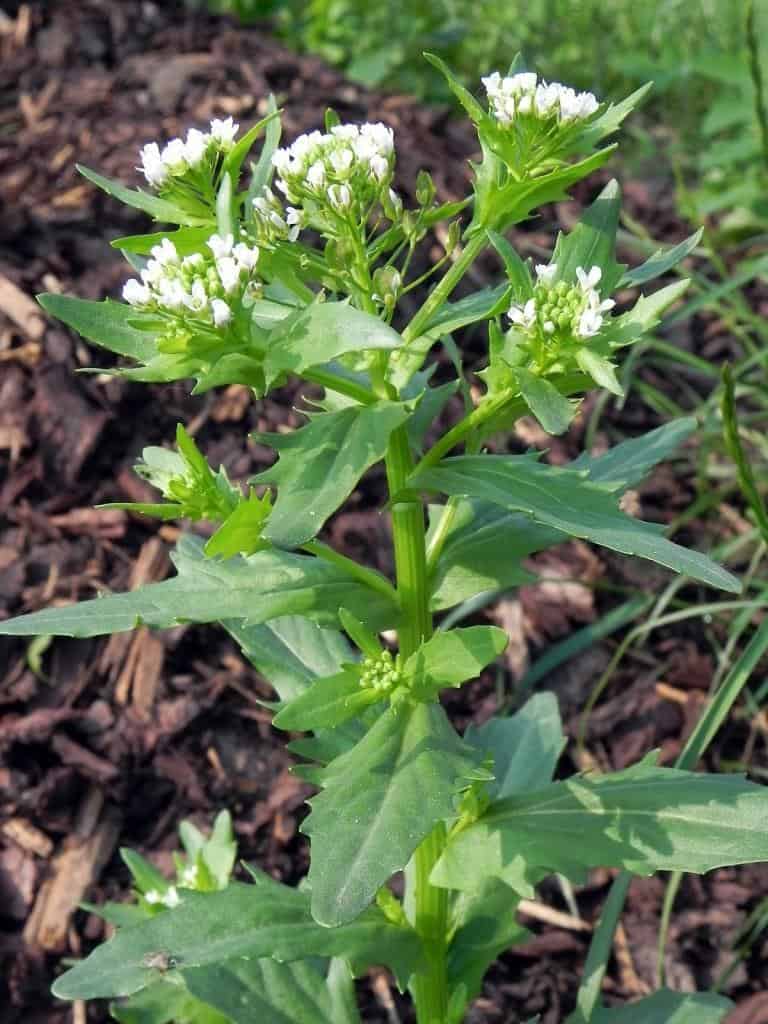
Thlaspi arvense
-
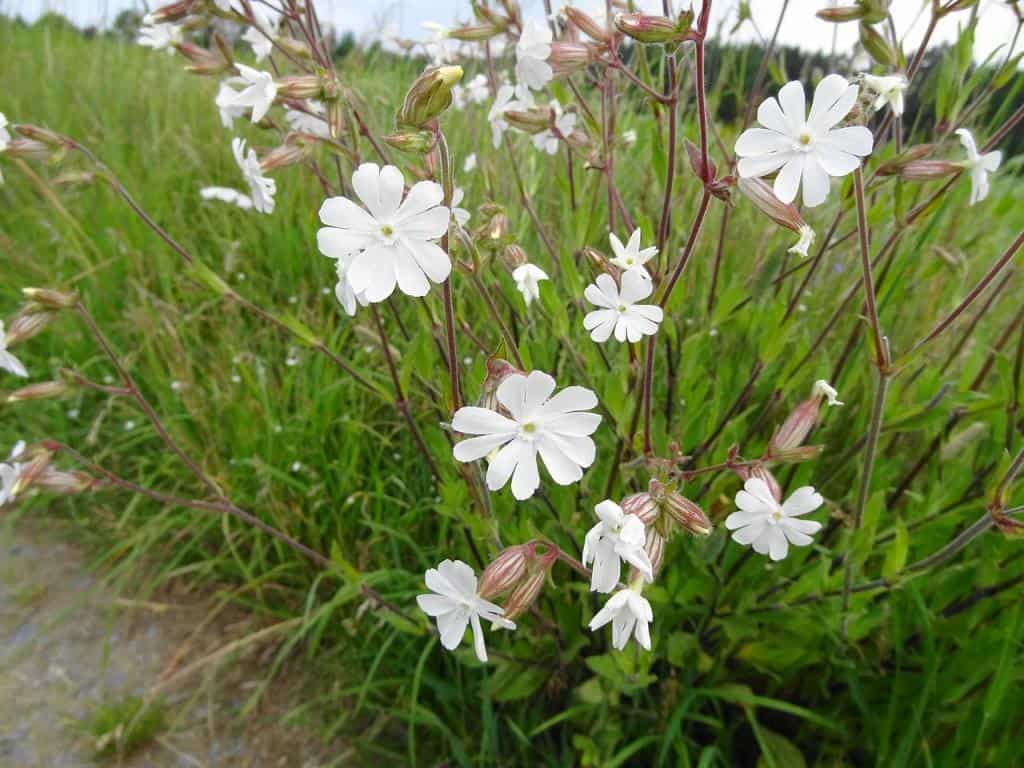
Silene latifolia
-
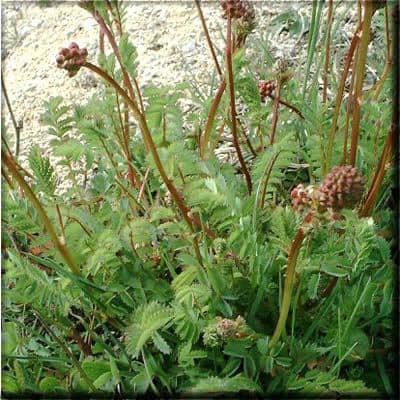
Poterium sanguisorba
-
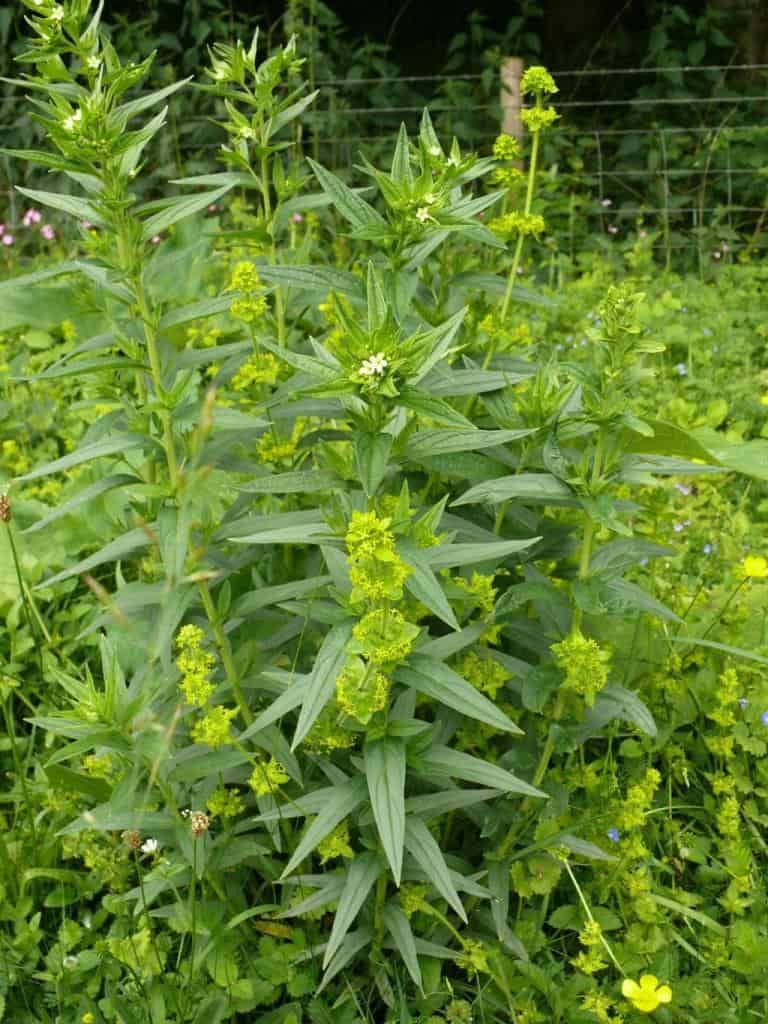
Lithospermum officinale
-
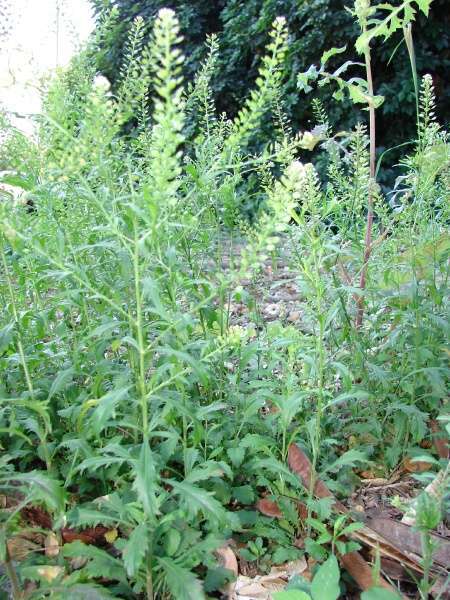
Lepidium virginicum
-
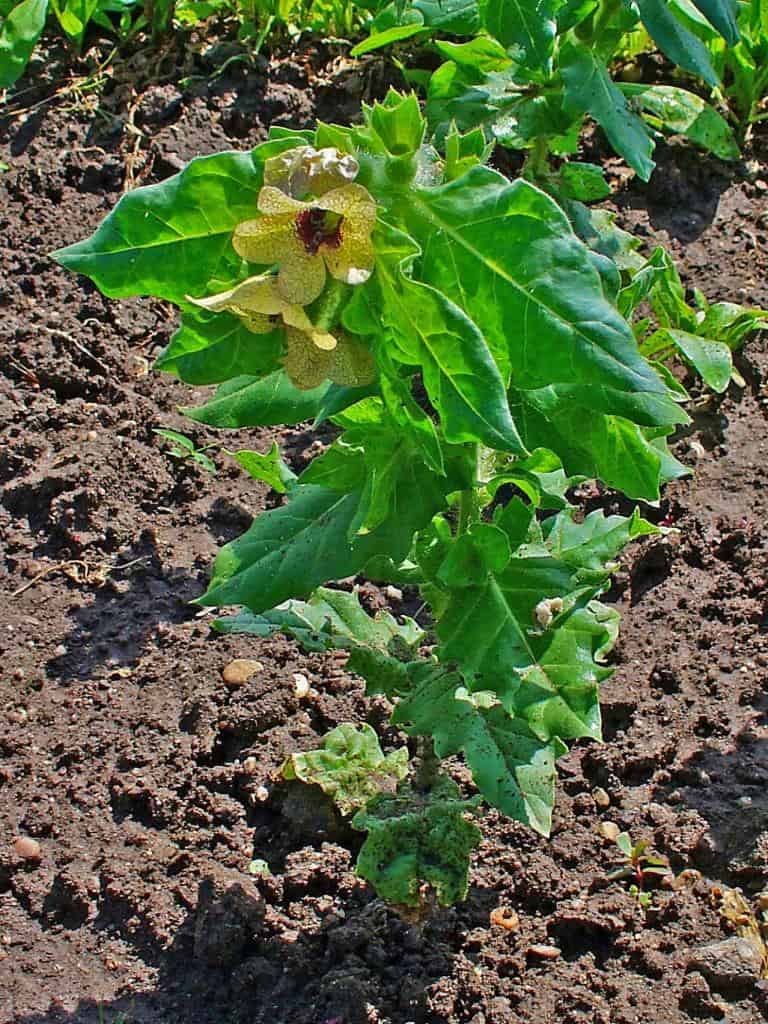
Hyoscyamus niger
-
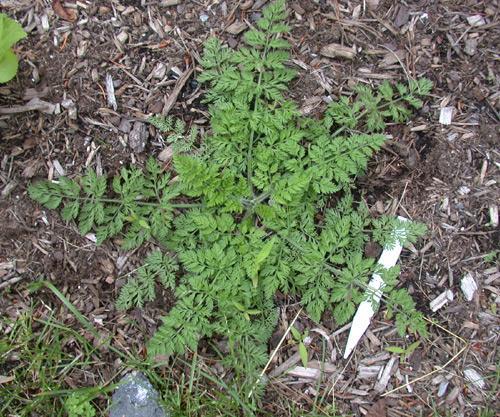
Daucus carota
-
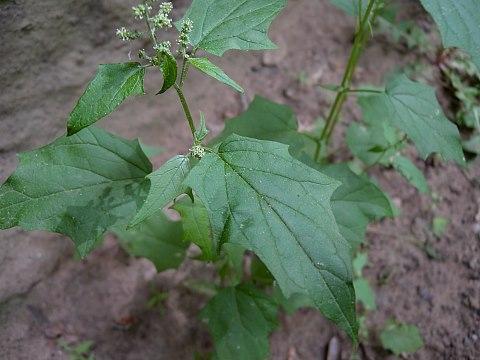
Chenopodium spp.
-
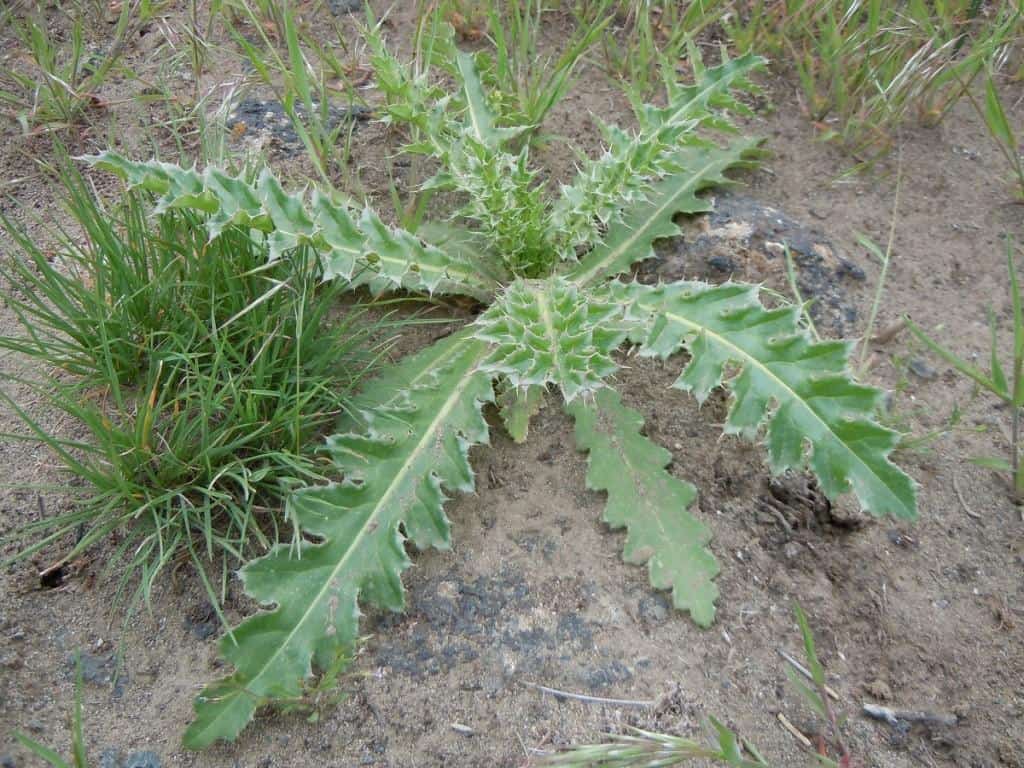
Carduus nutans
-

Campanula sp.
-
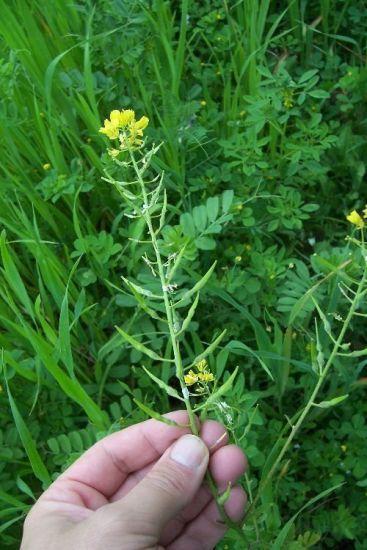
Brassica hirta
-
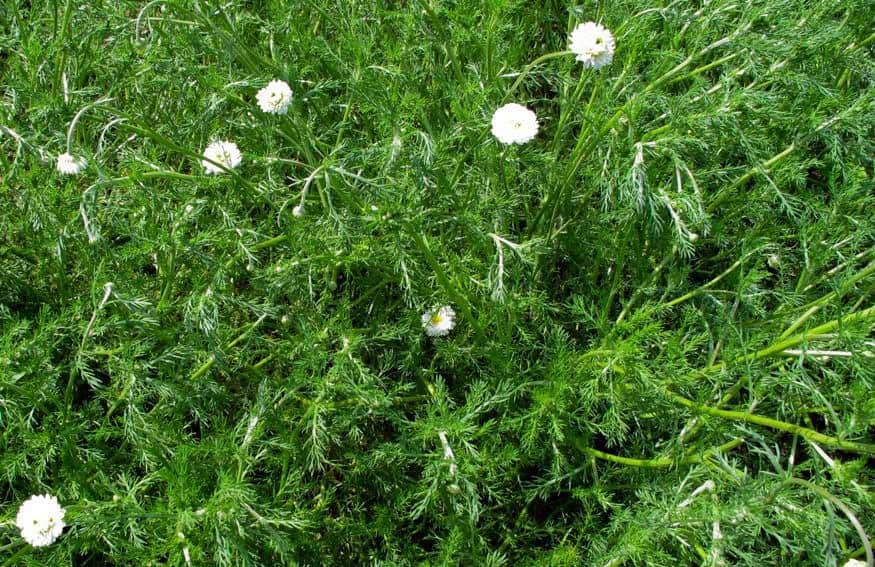
Anthemis nobilis
-
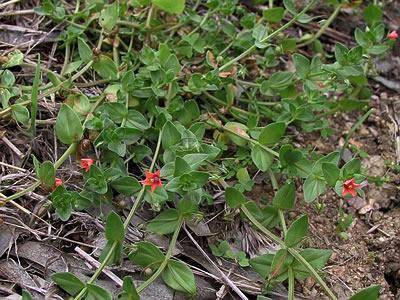
Anagallis arvensis
Please find a few plants that will grow well in both acidic and alkaline soils but are also good for partial shade, clay and poorly drained soils – these are conditions most common for Reading, Berkshire.
Anny’s Winter Orange (Cornus sanguinea), Bamburanta (Ctenanthe lubbersiana), Chilean rhubarb (Gunnera manicata), Snowberry Hancock (Symphoricarpos chenaultii), Strawberry Fields (Deutzia hybrida), Veitchii (Deutzia longifolia), Chestnut-leaved rodgersia (Rodgersia aesculifolia), Golden creeping Jenny (Lysimachia nummularia), Knotweed Superba (Persicaria affinis), Variegated Japanese spurge (Pachysandra terminalis), Bleeding heart ‘Langtrees’ (Dicentra formosa)

